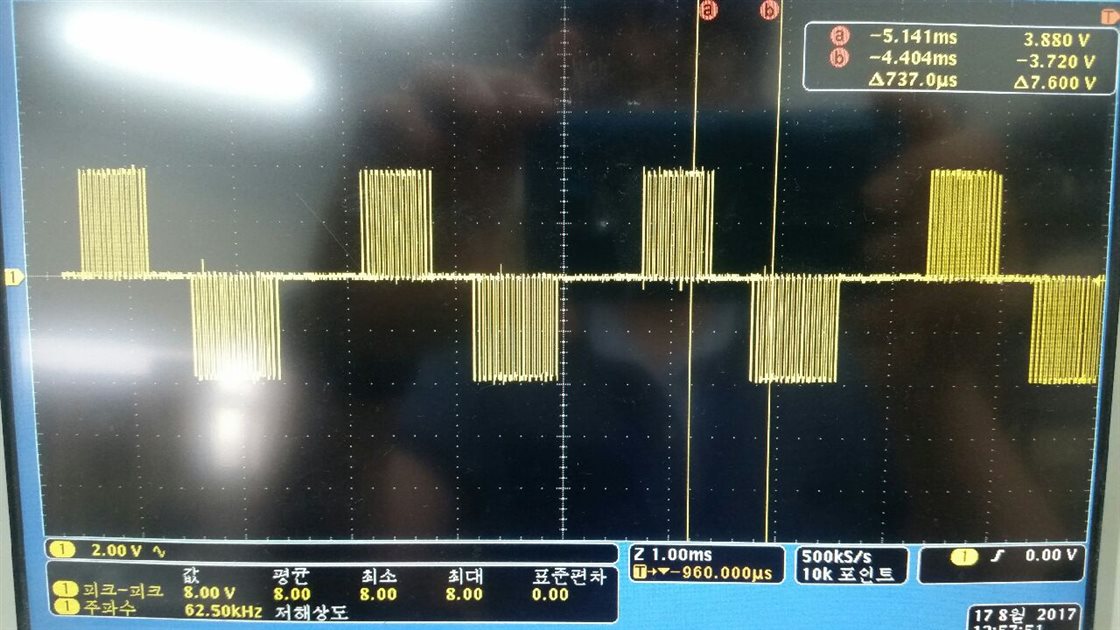Other Parts Discussed in Thread: DRV2603, DRV2604
Hi~
One of our customer requested how to set MCU in EVM for Auto-resonance tracking control.
They want to control the time for continuous operating motor and the output voltage.
Currently they have promoted and guide to use DRV2603, 2604 with their motor product.
And one more, they want to know how to check the voltage to motor from DRV2604.
They said they had tried to check the voltage using filter circuit in datasheet but they couldn't check exact voltage.
Please check and reply soon.
Thanks in advance.


